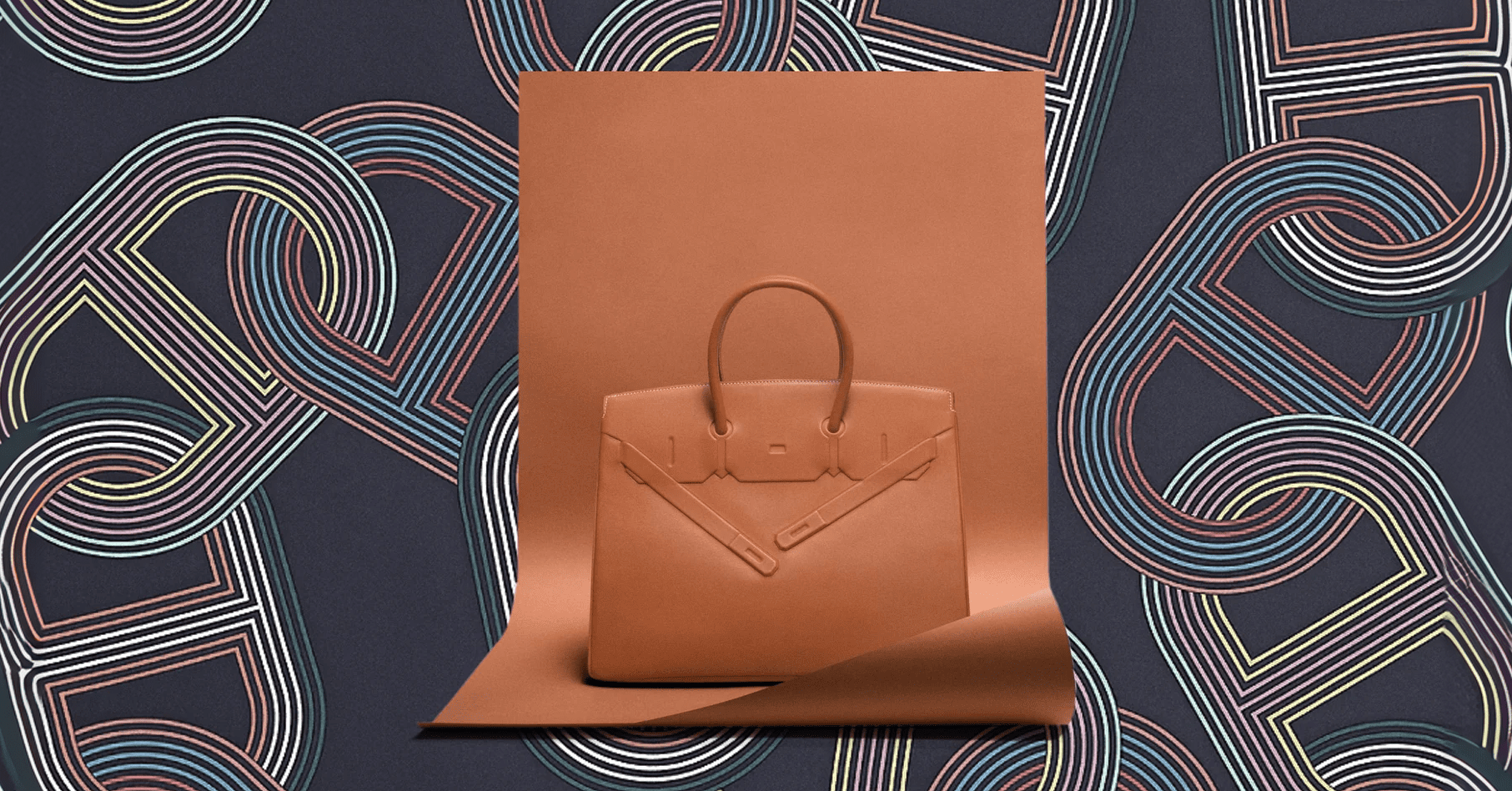A deep dive into the meticulous craftsmanship and traditional techniques that define Hermès handbags.
There are few brands in the world successful enough to have a name so inextricably associated with luxury and splendour as Hermès. The luxury leather handbag manufacturer also has other strings to its bow, namely home furnishings, jewellery and lifestyle accessories. But the artform that exists purely to bring luxury leather handbags to execution with such high standards of meticulousness and attention to detail, is reserved for artisans of the very highest calibre.
At Les Atelier Hermès, located on the outskirts of Paris, a piece of quality leather is transformed into an iconic, sought-after fashion statement by the skilled hand of one craftsman alone. It is this personal relationship between material and craftsman that brings each design to life. Read on to discover what it takes to attain the status that Hermès enjoys as one of the world’s most revered luxury leather handbag manufacturers.
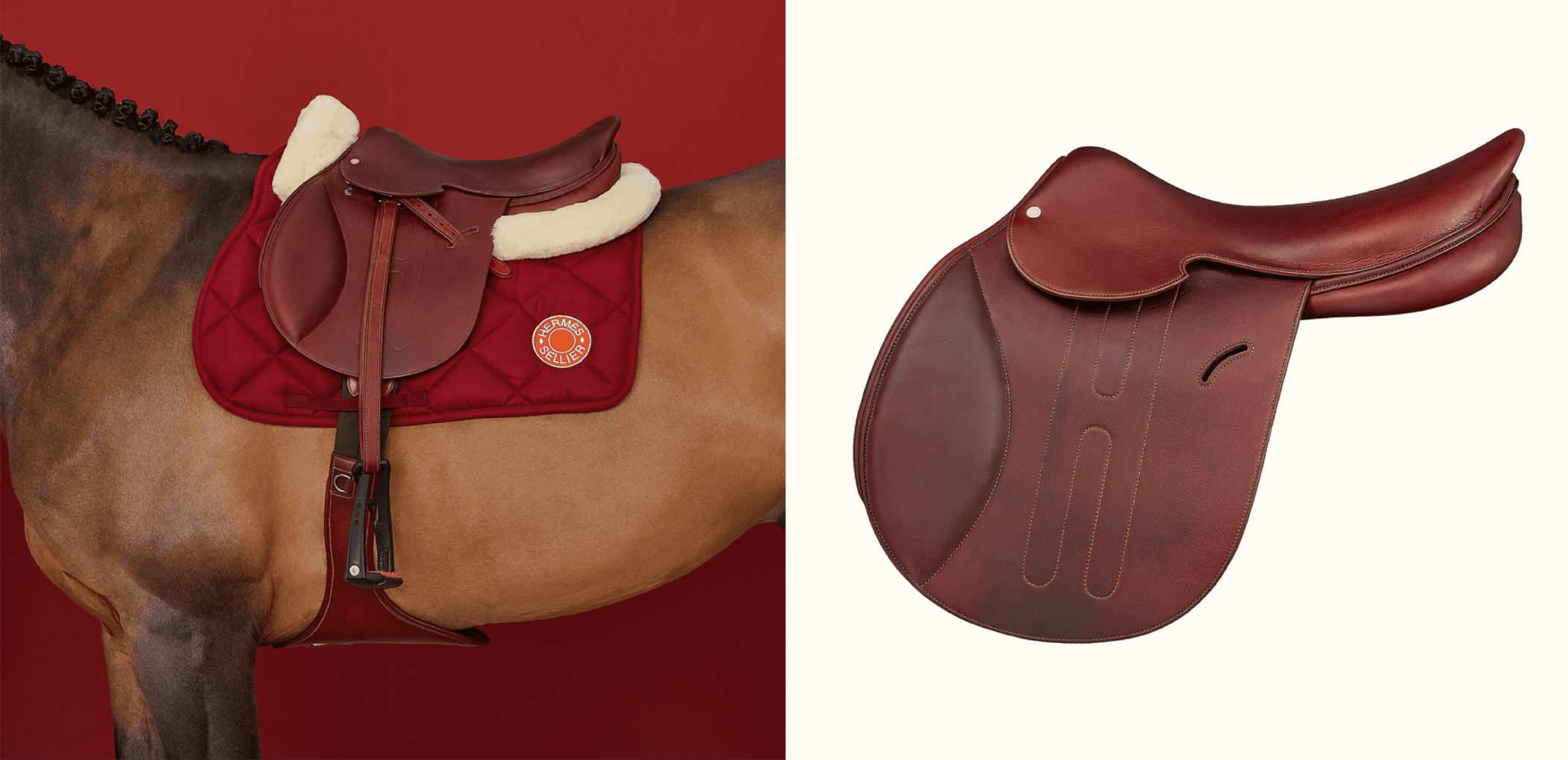
The Tradition of Hermès Craftsmanship
Hermès began as an equestrian saddling equipment supplier when it was founded by Thierry Hermès in the 1830s. Its journey started in the Grands Boulevards quarter of Paris, before moving to 24 Rue du Faubourg Saint-Honore, where it resides as the company’s flagship store and headquarters today. Hermès handbags are now produced in multiple workshops across France – each one executed to exacting standards, despite all of them being uniquely handmade.
The Les Atelier Hermès manufacturing facilities may look like any other building from the outside, but the design interior to its four floors, dedicated entirely to leather goods-making recalls the savoir faire and know-how that Hermès design is most known for. The glass windows, for example, measuring 90cm by 90cm, nod to the brand’s silk scarves, while a live stream of the flagship Paris serves to instil team spirit and boost company morale. This, after all, is the heart of the Hermès manufacture. It is the hub of innovation, where icons like the “Kelly”, the “Birkin” and the “Cinhetic”” were birthed.
Today, Hermès is known to many, but its backstory may not be so well-known. Upon Thierry Hermès’ passing, the company was handed to his son who later passed the torch to his two sons. The brand’s foray into the world of Haute couture began with the launch of the “high belt bag”. It was a tall trapezoid-shaped carrier that housed a horse rider’s equipment like saddles and boots. It was remodelled by this generation of the Hermès family line, creating the “HAC” design, which later went on to inspire two iconic bag designs; the “Birkin” and “Kelly” bag.
In the early 1900s, Hermès expanded its offerings to other luxury leather goods, clothing and accessories. Many of the brand’s most popular handbags have been designed by female trendsetters and public figures synonymous with power and Independence. One example is Princess Grace Kelly, as she clutched at her then Sac à dépêches bag (later renamed the “Kelly”), concealing her early pregnancy in 1956. One later iteration of the Kelly model was fashioned from leather found submerged inside the Frau Metta Catharina ship, which lay for 200 years at the bottom of the ocean.
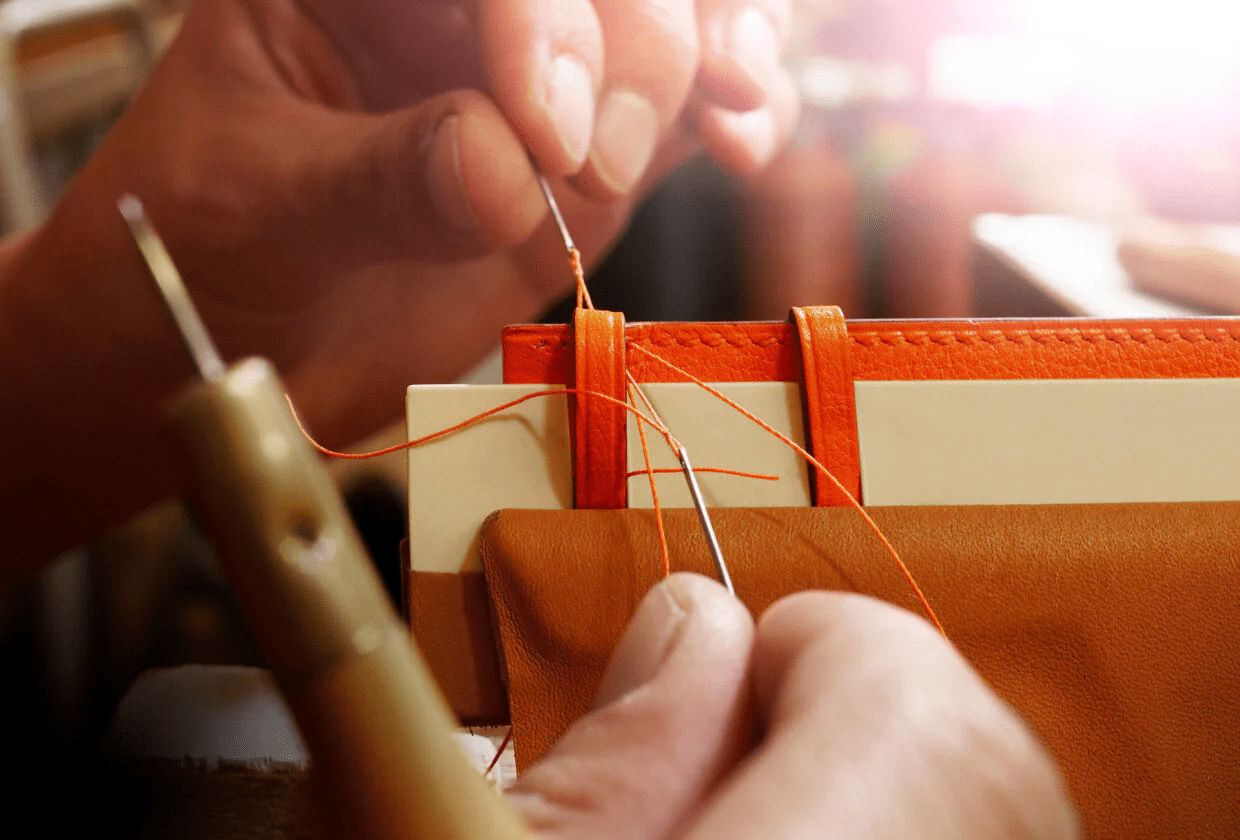
Artisan Techniques Used in Hermès Handbag Production
Some of the craftsmen chosen to carry out their work on Hermès masterpieces have experience that reaches over 30 years. It is this commitment that makes the intricacy and detailing of every Hermès handbag a complete work of art and an extension of the brand’s pioneering spirit. The many techniques undertaken at various workstations within the Ateliers have been mastered over years of practice. A practice of refinement and meticulousness that is seen and felt both within the workshops and at the crafting bench. The leatherwork required to build each Hermès bag is learned in-house. These time-honoured techniques are handed down the line to the next generation of craftsmen, each one as eager and passionate as the last.
Each craftsman at Hermès learns the ropes for an entire year at the company’s leather school. Here, they will master the techniques required for the core Hermès design, which forms the background to icons like the “Birkin” and “Cinhetic” pieces. The process and methods required for the “Kelly” bag, for example, are integral to the design of every other masterpiece. It is fundamental for 99% of the brand’s other manufacturing techniques and designs. Once mastered, a craftsman can go on to perfect other, more complex designs.
The strict rigours and practices that define Hermès are a testament to the dedication and discipline upheld throughout the company. One bag, for example, can take a craftsman anywhere between 15 and 24 hours of handwork to complete. The tactile experience of handling the leather from beginning to end enables the artisan to connect with each piece. An imperfection or flaw in a bag, normally impossible to detect with the untrained eye, can be judged and assessed by the hands that craft it. It is this intuitive creativity that enables every design to look the same upon completion.
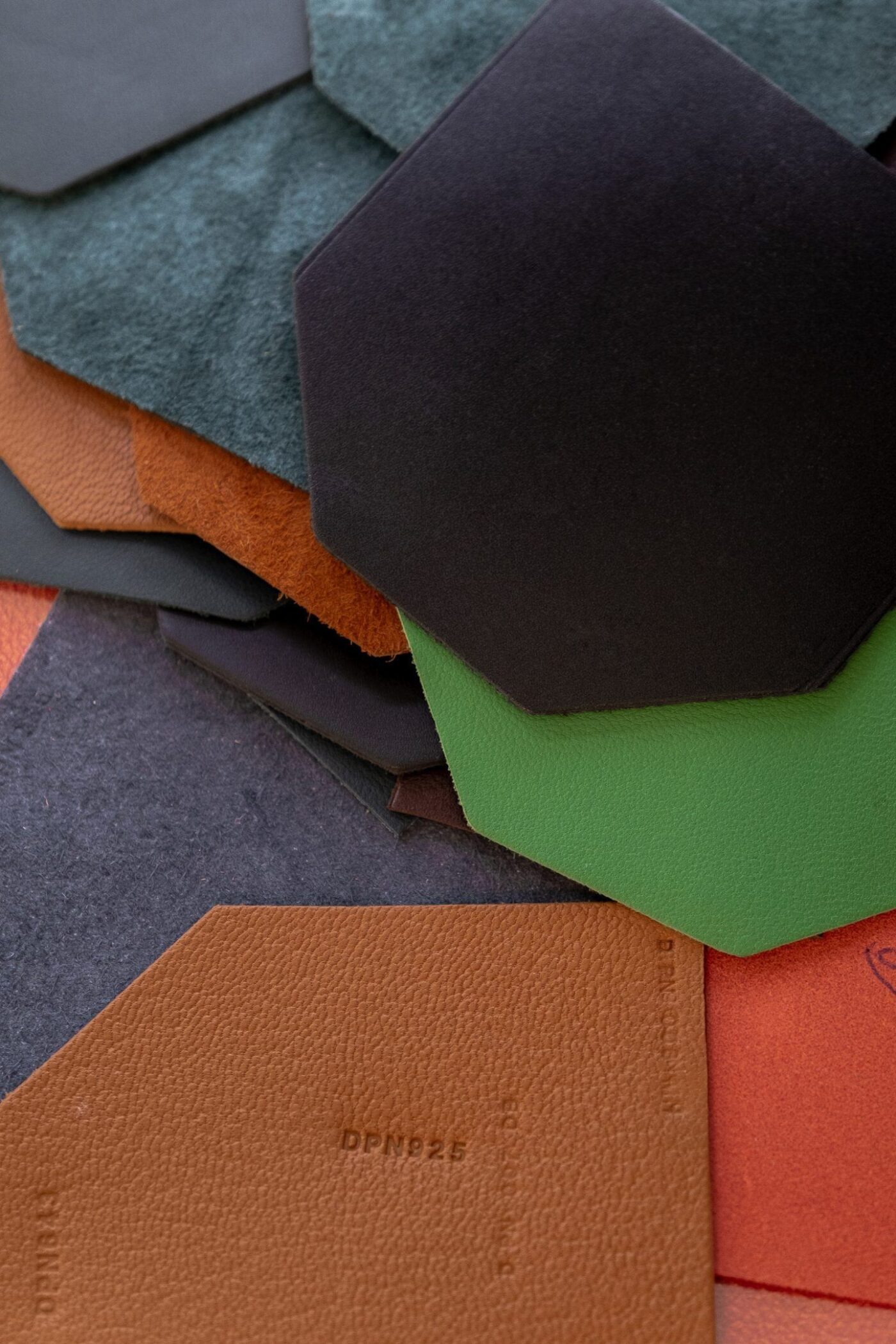
Materials and Tools: The Foundation of Quality
Each Hermès bag is crafted from quality materials that reflect the brand’s prestigious reputation. The leather itself comes in over 200 different shades – a colour palette that is frequently upturned and refreshed with each turn of the season. Apart from the leather, many pieces also include hardware elements which are normally made from brass with gold or silver plating. Keeping each design fresh and innovative in this way enables Hermès to remain exclusive in its market.
Every Hermès Handbag is unique and original and has been entirely hand-stitched apart from minimal areas that require some small level of sewing by machine. The leather sides are sewn together using a traditional harness-making technique known as “saddle stitch”. The tools used to craft each leather handbag, however, are unique to each Hermès design. However, the stitching process remains the same for each individual design. Using just two needles and one piece of thread, a perfect finish with equal balance is achieved. At a later stage, the stitching method will be flattened down using a hammer.
One of the finalising processes required in the making of each Hermès handbag is the shaving of the leather surfaces by hand. This is accompanied by polishing and smoothing down the raw edges of the material with a hot tool and removing any glue excess. To give each bag a premium, treated surface, it is coated with a layer of beeswax to protect it from the harmful effects of humidity and heat. Then, there are bag-specific techniques that are classed as additional methods. These include the nailing of the hardware and the meticulous manipulation of leather into curvaceous silhouettes to feature in some designs.
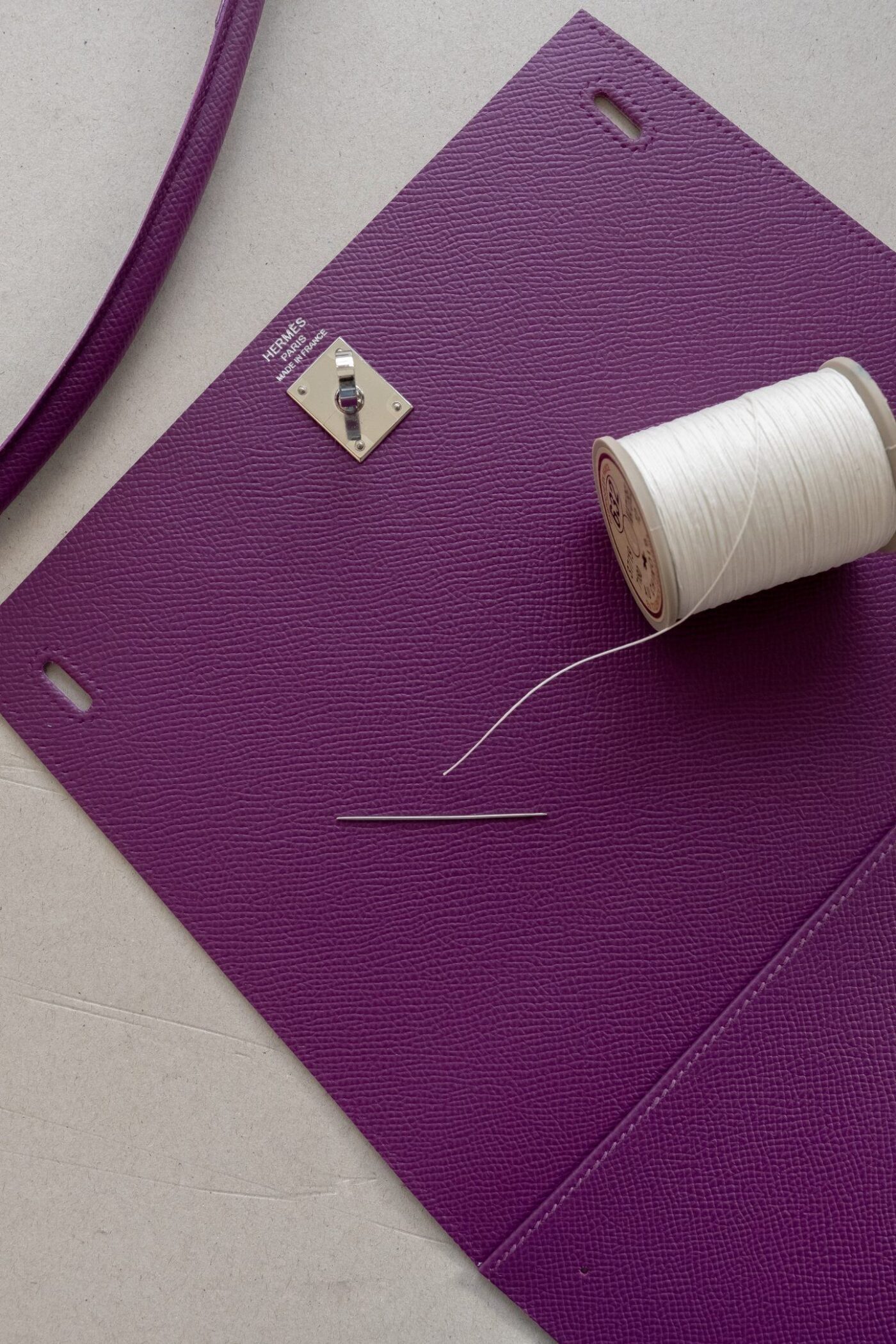
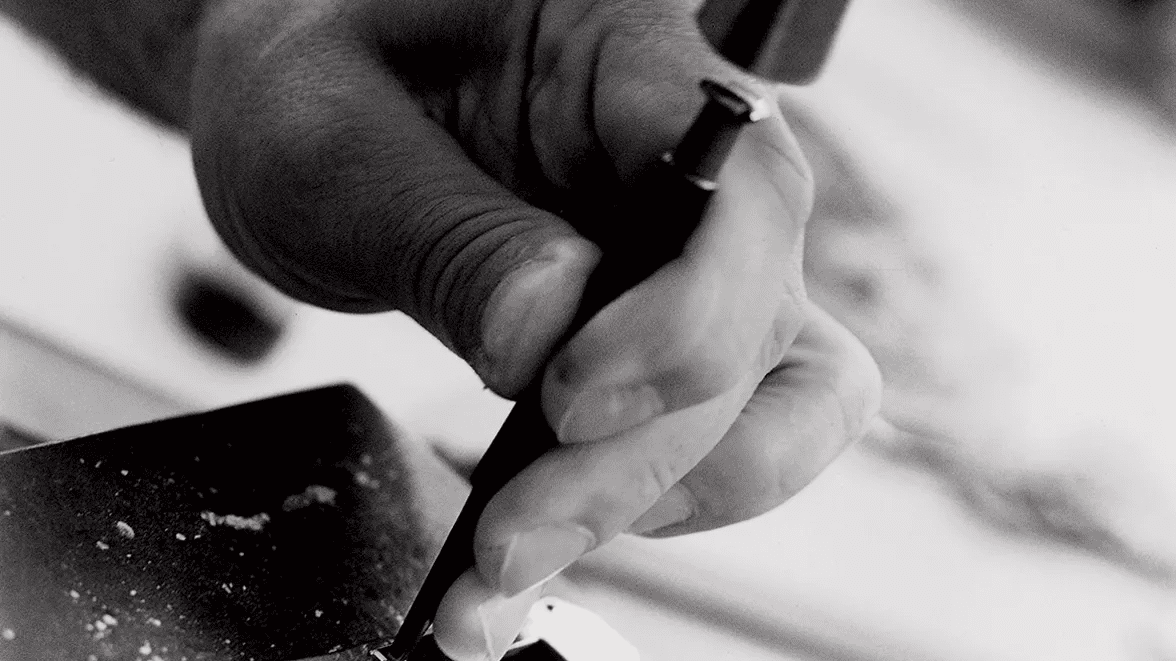
The Training and Skill of Hermès Artisans
For many an artisan, the challenge lies in the simplicity of each design. Standards of excellence and meticulous processes must be adhered to strictly – a skill that takes years to perfect. As mentioned, a craftsman at Hermès will require a year’s experience and training at the company’s leather school before they are considered competent in their field of work. For a Hermès bag to look as effortless as it does, methodical and stringent techniques must be followed without any compromise. There is, simply put, no room for mistakes. Because of this high standard, imperfections are rare. Those who have trained at the facilities will also appreciate the importance of sustainability. Each piece of waste leather from the making of a product is carefully cut so that it can be recycled and reimagined into another classic design.
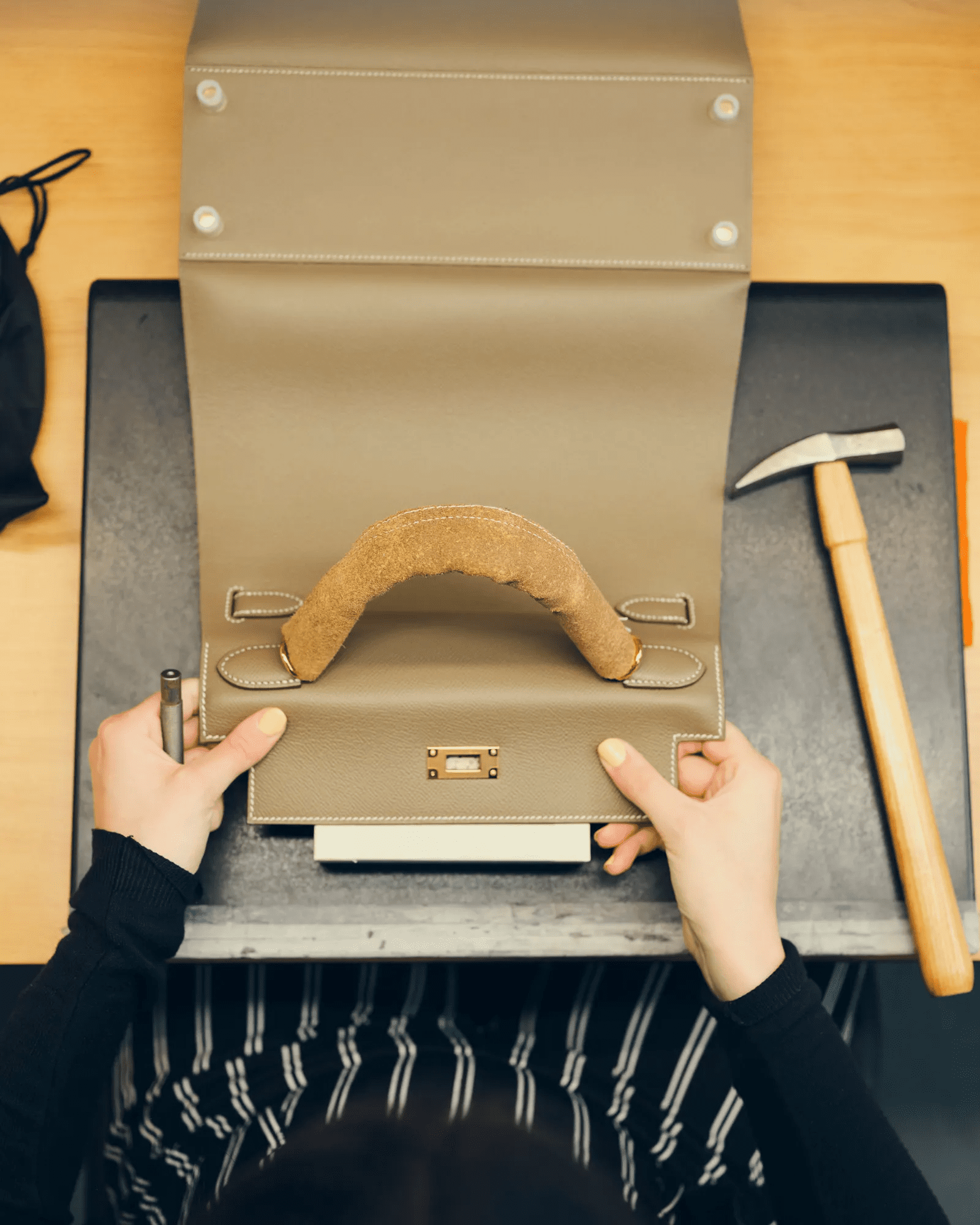
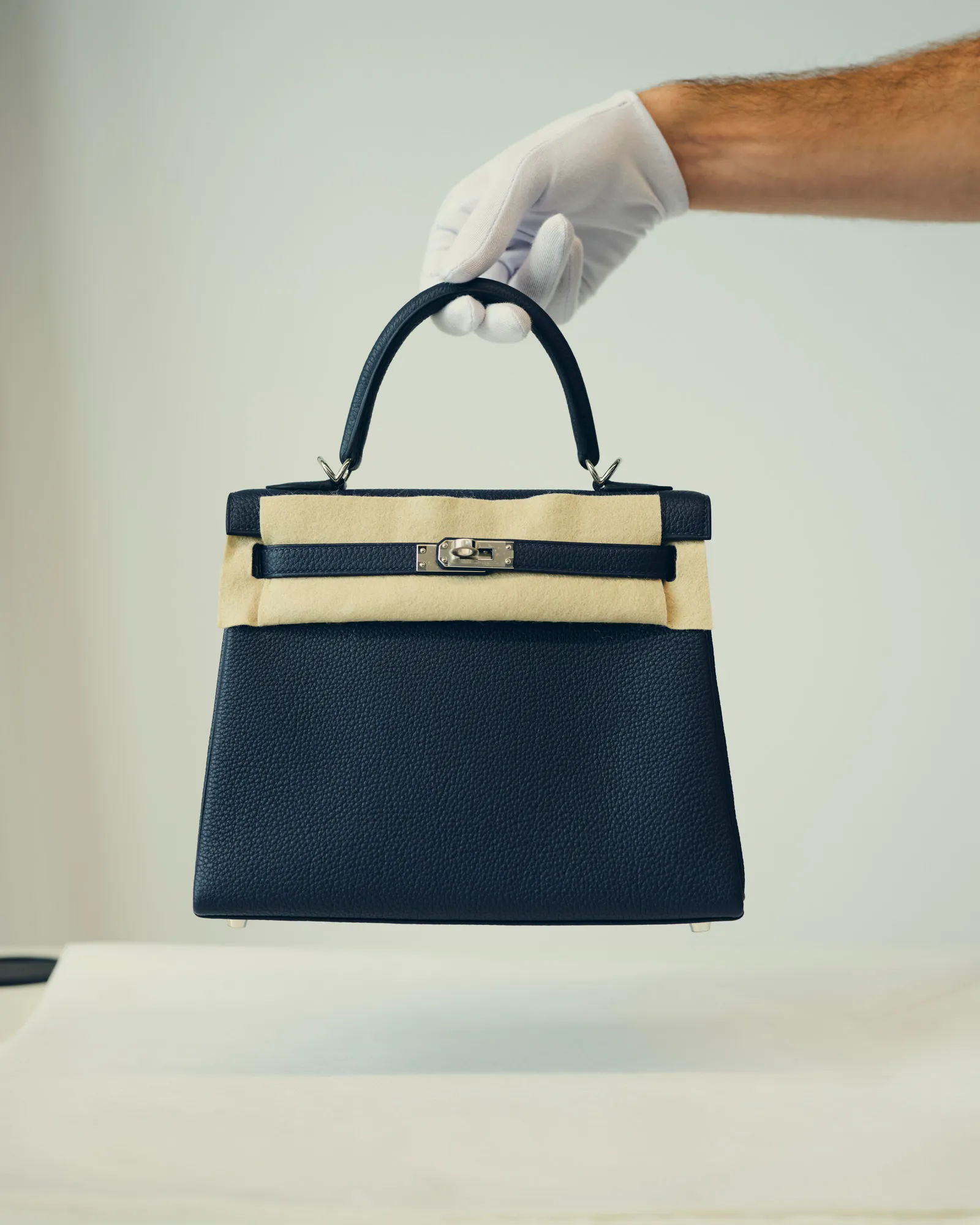
How Craftsmanship Affects the Value of Hermès Handbags
As with so many prestigious luxury brands, Hermès products are expensive and the level of quality guaranteed with every product is reflected in this pricing. Take, for example, the Hermès Birkin Bag, which soon became the most desirable collector’s piece once released. The design has managed to maintain an unreachable status for three decades and is infamous for its exceptional craftsmanship. As one of the most iconic luxury bags in the industry, the Hermès Birkin bag makes for a great investment and holds its value well. One reason why it retains its value is due to the quality of the materials used in the design.
Having triumphed in attaining such an untouchable reputation, the value of Hermès bags will always remain respected. Some other factors that determine the price and value of a Hermès bag include size, colour and, of course, condition (if buying from the pre-owned market). Products from Hermès come in authentic presentation boxes that help retain the value of the product in years to come should the owner want to sell it. Above all, however, it is the brand’s provenance and its limited supply of products that are reflected in the value and sought-after status of each Hermès handbag. Since each leather bag is crafted by hand, production is limited to the highly skilled craftsmen who make them.
Our Top Hermès Picks
At Watches World

HERMÈS KELLY
HERMÈS KELLY 28 CM NILOTICUS CROCODILE MATTE HIMALAYA PALLADIUM HARDWARE
REFERENCE : K28/NILO M/HIMALAYA/PHW
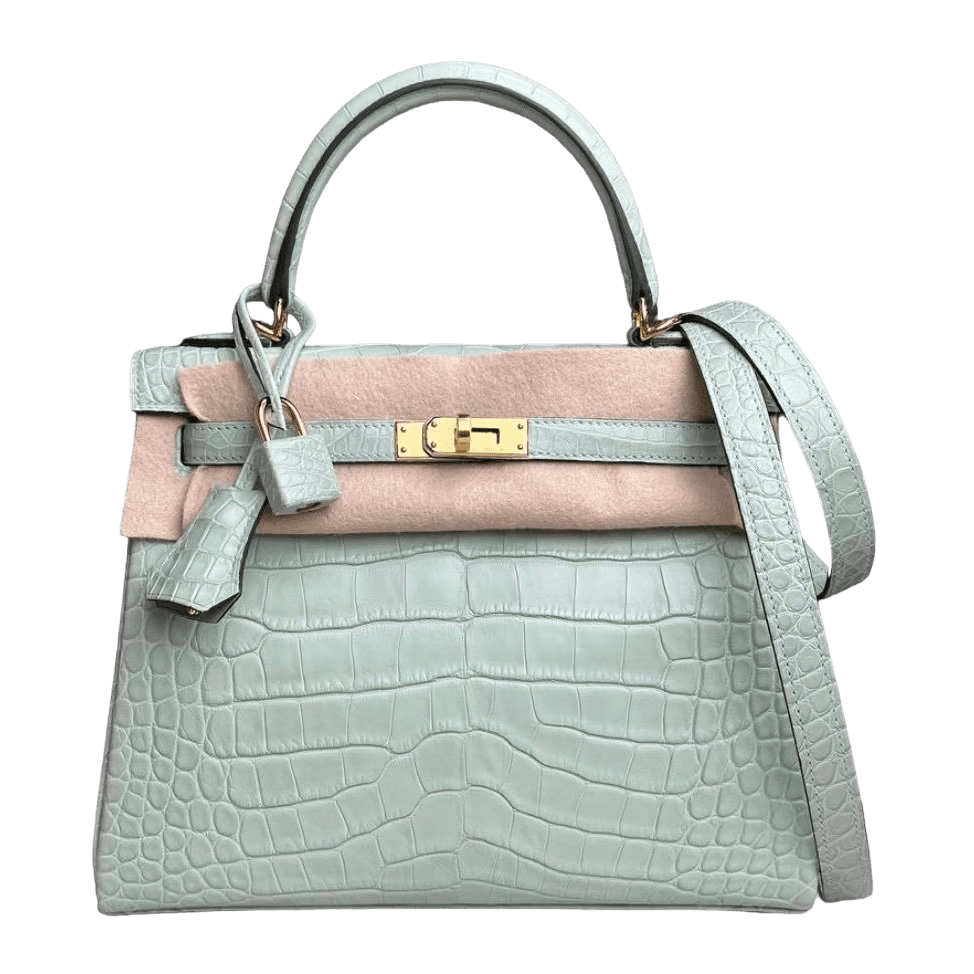
HERMÈS BIRKIN
HERMÈS KELLY 25 CM MISSISSIPPIENSIS ALLIGATOR MATTE VERT D'EAU GOLD HARDWARE
REFERENCE : K25/MISS M/EAU/GHW
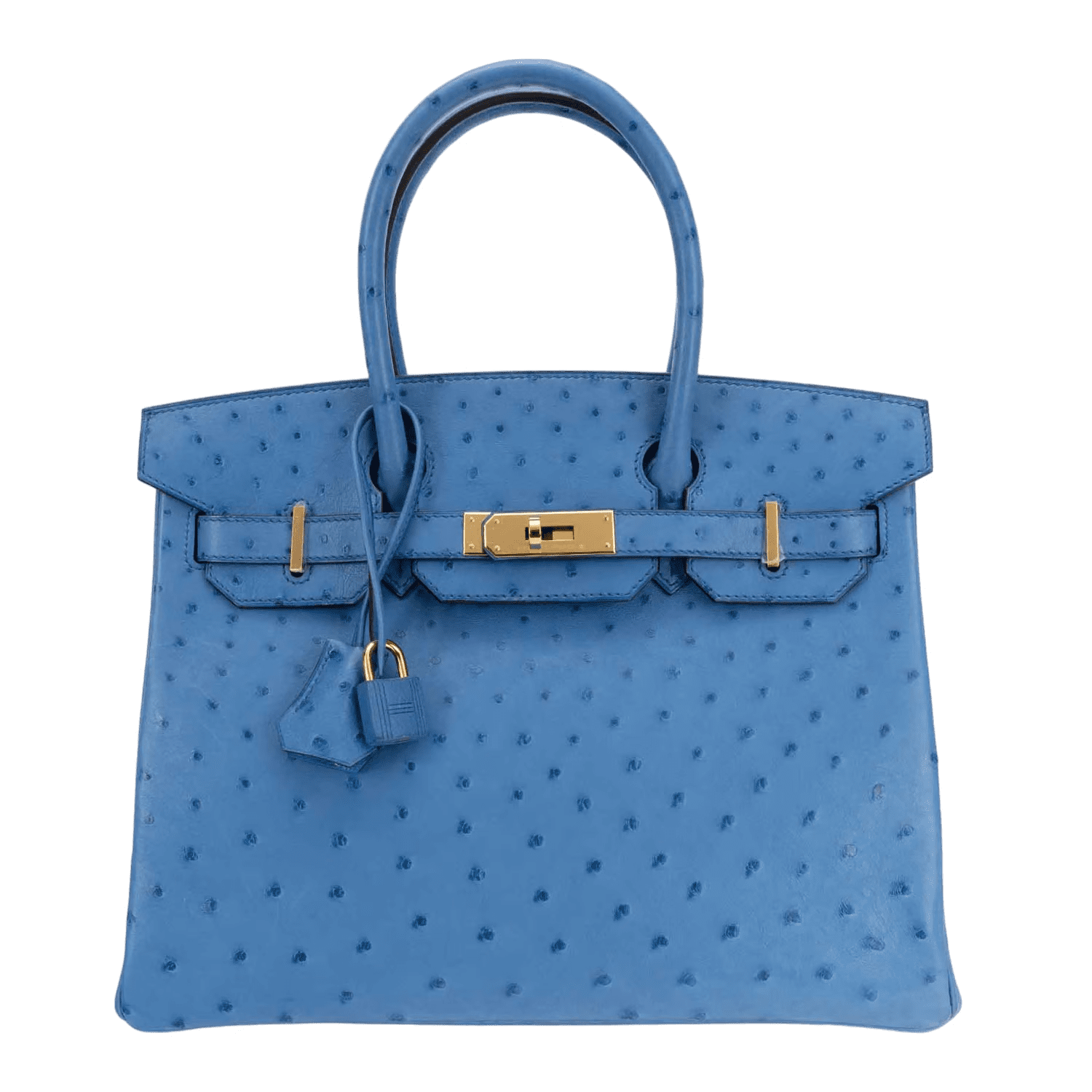
HERMÈS BIRKIN
HERMÈS BIRKIN 30 CM AUTRUCHE BLEU MYKONOS GOLD HARDWARE
REFERENCE : B30/AUTRUCHE/MYKONOS/GHW
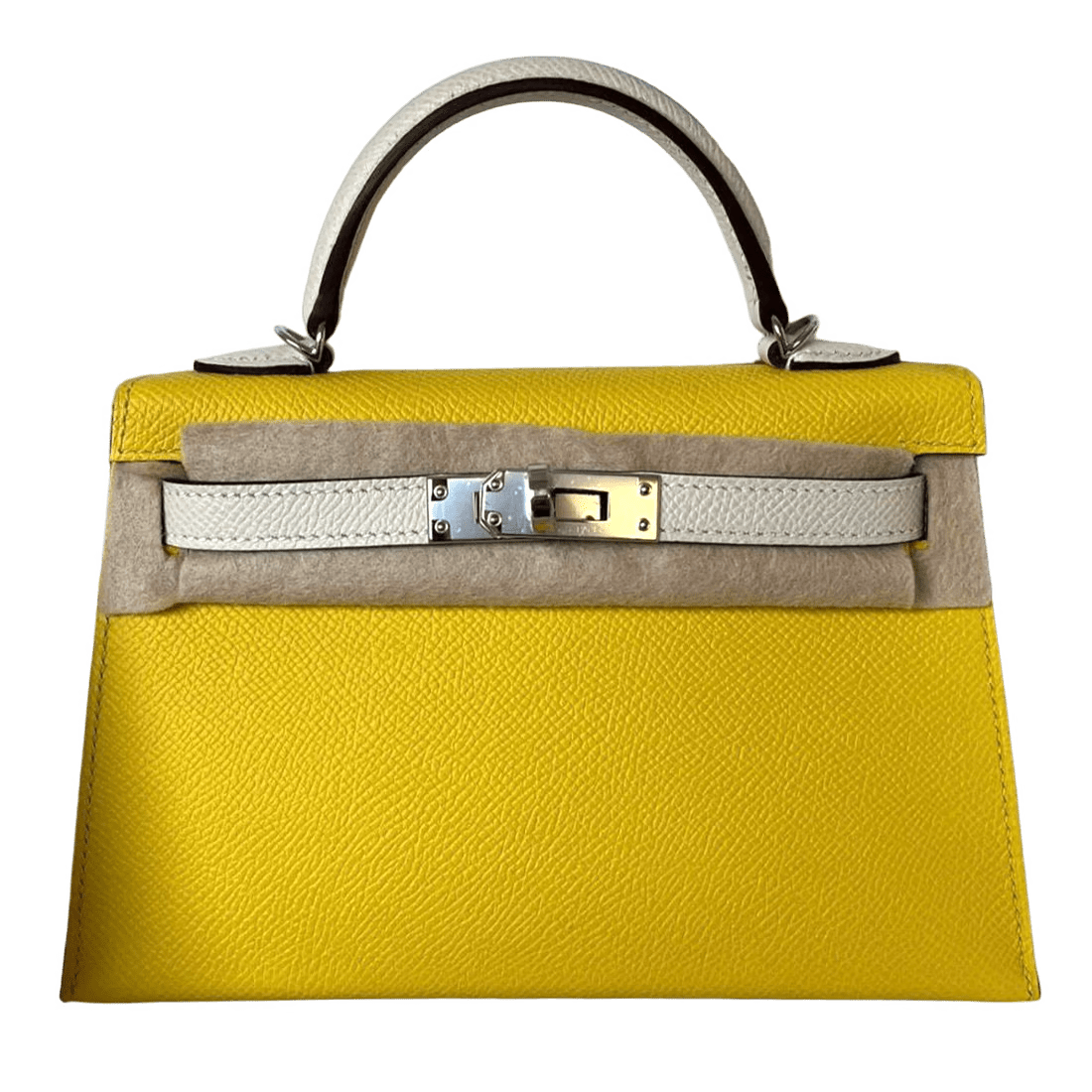
HERMÈS KELLY
HERMÈS KELLY 20 CM EPSOM SELLIER JAUNES DE NAPLES / CRAIE PALLADIUM HARDWARE
REFERENCE : K20/EPSOM S/NAPLES/CRAIE/PHW

HERMÈS BIRKIN
HERMÈS BIRKIN 25 CM TOGO VERT YUCCA GOLD HARDWARE
REFERENCE : B25/TOGO/YUKA/GHW
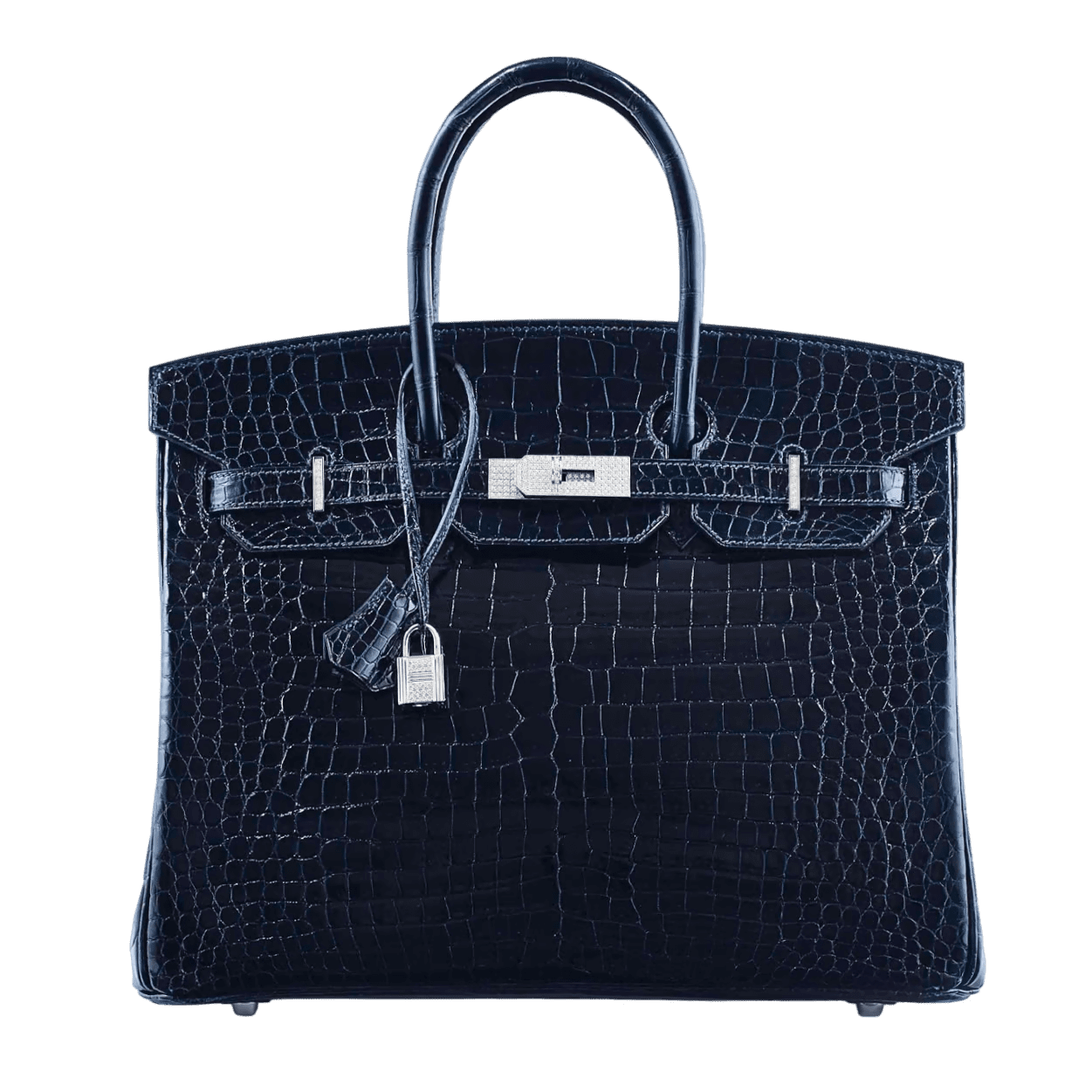
HERMÈS BIRKIN
REFERENCE : B25/POR L/MARINE/WGDEHW
Interested in any of these Hermès pieces? Our dedicated team of experts are ready to consult you throughout the entire shopping and buying process. Let’s get started!

Conclusion
The processes involved in making Hermès leather handbags are nothing short of fascinating. The skilled artisans who craft each piece are part of a family of like-minded individuals – each one sharing the same passion for perfection.
It goes to show that owning a luxury item is about much more than just wearing a name. It is a preference for authenticity. A dedicated, detailed world of art that, when worn, stands as a lasting symbol of excellence and complex skillfulness.


 € (EUR)
€ (EUR)  £ (GBP)
£ (GBP) 


